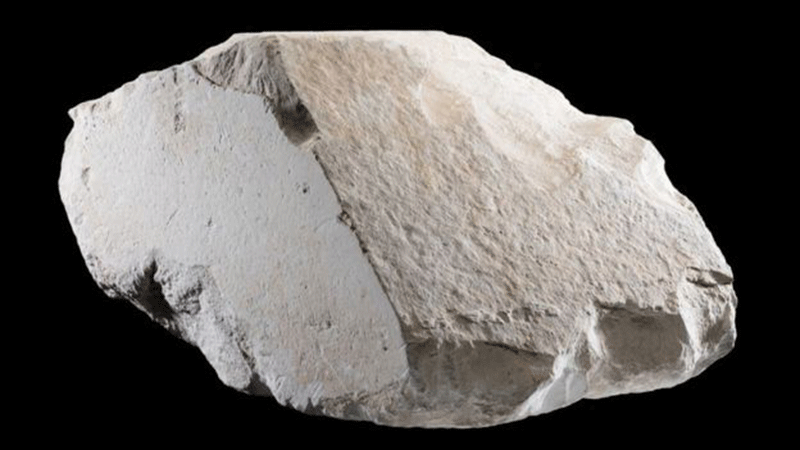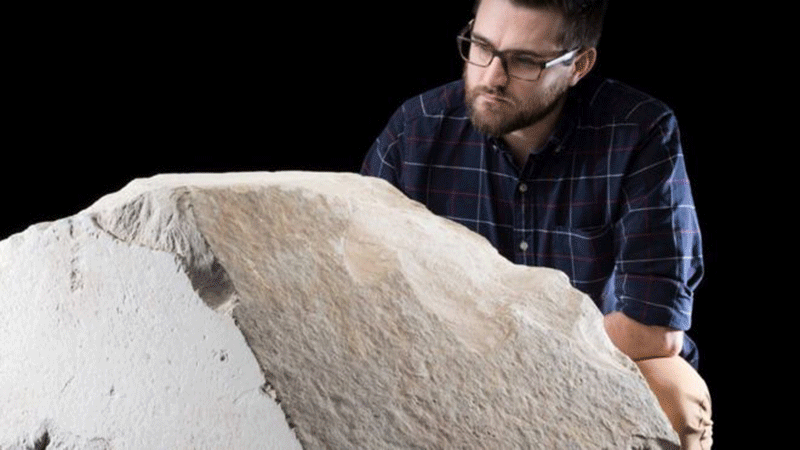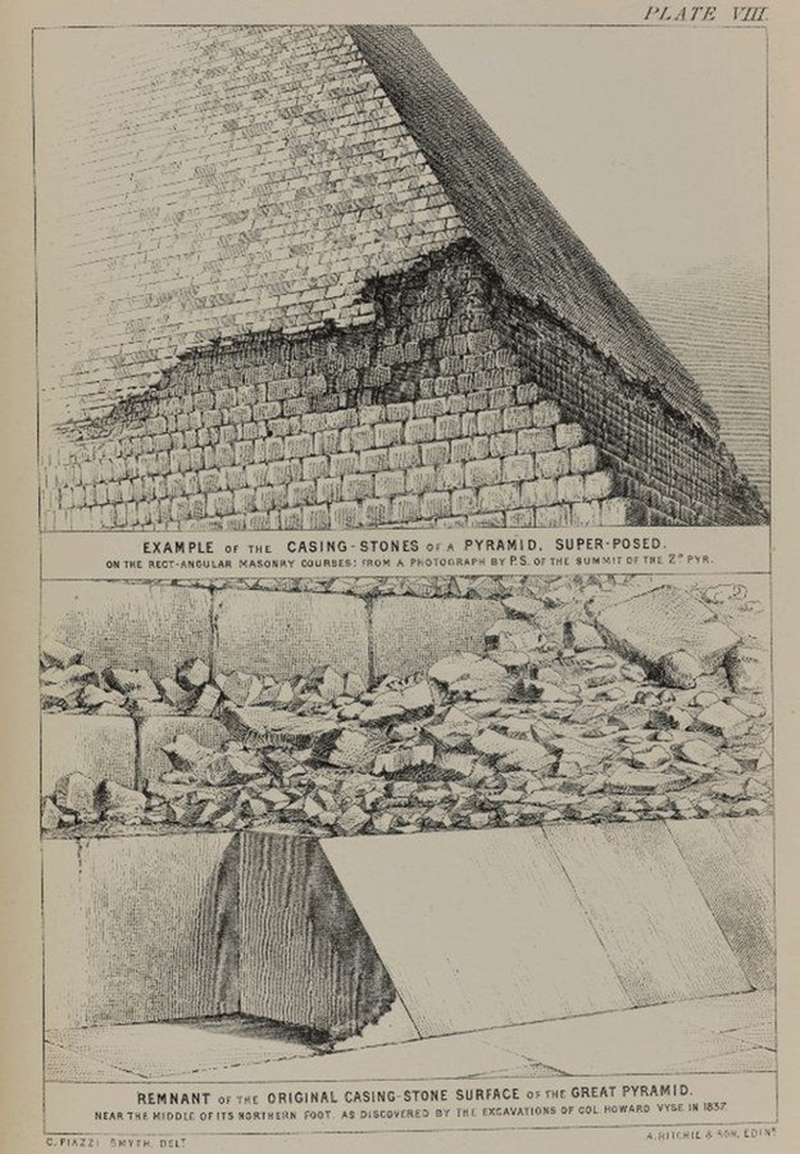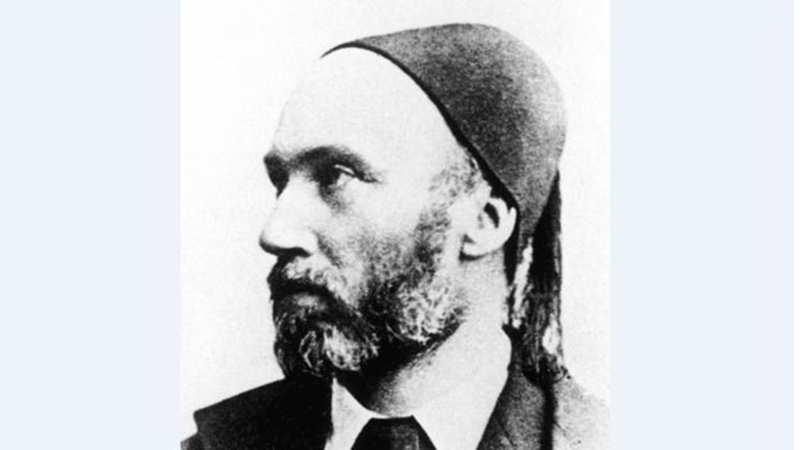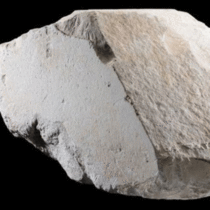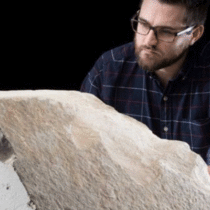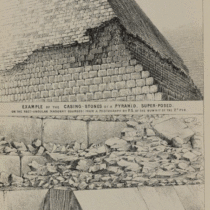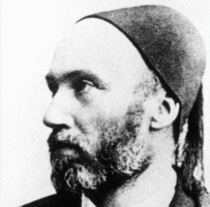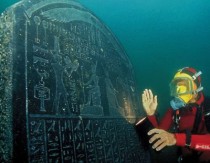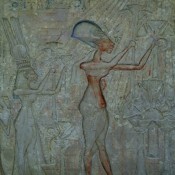The Museum of Scotland’s plan to exhibit a stone from the Great Pyramid of Giza in February has been challenged by Egyptian authorities.
The block of limestone was to be put on display in Edinburgh starting on February 8, celebrating the bicentenary of the birth of Astronomer Royal of Scotland Charles Piazzi Smyth, who arranged for it to be brought in the UK in 1872. It was to be the centrepiece of an exhibition on ancient Egypt
But Egypt’s Antiquities Repatriation Department has challenged Scotland’s right to carry on with the exhibition and specialists have challenged even the authenticity of the item. In particular, Shabaan Abdel Gawwad, supervisor general at the Department, asked for an examination of the stone by Egyptian officials as well as for certification of possession and export of the item.
Also, renowned Egyptologist Zahi Hawass stated that the block could not have originated from the Great Pyramid of Giza, since the material in that case should have been granite and not limestone. He said that the outer layer of the pyramid had been destroyed over the centuries and therefore the only remaining limestone casing from Giza pyramids is only found in the Khafre and the Menkaure pyramids.
Egypt’s authorities stated that if the block or other artefacts from Egypt are proven to have been illegally taken to the UK, then measures should be taken to repatriate them.
However, officials at the museum in Scotland said that the item was found by British engineer Waynman Dixon, working on behalf of the Astronomer Royal of Scotland, Charles Piazzi Smyth, during road works in Egypt in 1869 and it was taken to the UK as part of a research programme. Permission was granted by the Viceroy of Egypt and the item was transported to Edinburgh with the assistance of the Egyptian Antiquities Service in 1872.
Regarding the authenticity of the block museum officials stated that the base of the Great Pyramid was originally made of fine Tura limestone, and since the block was found at the foot of the pyramid they are confident that it indeed originates from the Great Pyramid of Giza.
The item was to be the centrepiece of an exhibition at the Ancient Egypt Rediscovered permanent gallery, a new part of the museum covering 4,000 years of history, on the design and construction of pyramids in ancient Egypt. Alongside it some of the measuring equipment belonging to Charles PIazzi Smyth and statues of Imhotep and King Snefru are to be displayed.
